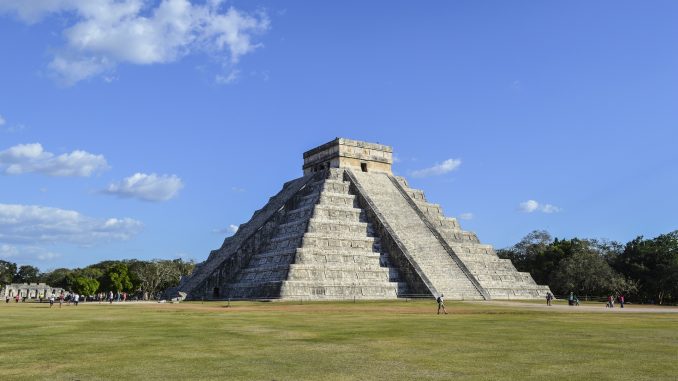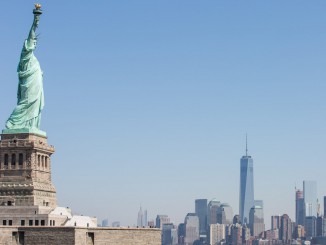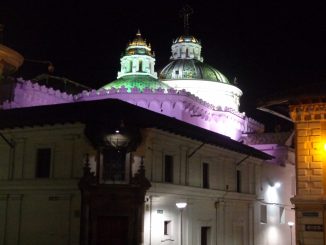
Located in the eastern portion of Yucatán state in Mexico, the ruins of Chichen Itza stand as the single greatest example of Mayan architecture. This sacred site was one of the greatest Mayan centers of the Yucatán peninsula. Over the nearly 1,000-year history of the site many different cultures left their mark on the city. The Maya and Toltec vision of the world is revealed in the stone monuments and artistic works they built, and the combination of Mayan construction techniques with elements from central Mexico make Chichen Itza one of the most important examples of the Mayan-Toltec civilization in Yucatán.

Chichen Itza is protected by the 1972 Federal Law on Monuments and Archaeological, Artistic and Historic Zones. It was declared an archaeological monument by a presidential decree in 1986, and a UNESCO World Heritage Site in 1988.
Chichen Itza Facts
- Chichen Itza is one of the most visited archaeological sites in Mexico with an estimated 1.4 million tourists visiting the ruins every year.
- The land where the monument of Chichen Itza is located was privately owned until 29 March 2010, when it was purchased by the state of Yucatán.
- El Castillo was built on top of another, much older temple.
- Each of the pyramid’s four sides has 91 steps.
- Chichen Itza is classified as one of The New7Wonders of the World and in 1988 was enlisted as an UNESCO World Heritage Site.
- During the Spring and Autumn Equinox, the setting sun creates a shadow across the steps of the Kukulkan Pyramid that give the appearance of a slithering snake.
- Many of the sites in Chichen Itza are known for their unusual sounds. If you clap once from one end of the Ball Court, it produces nine echoes in the middle of the court.
- The name “Chichen Itza” means “At the edge of the well of the Itza.”


